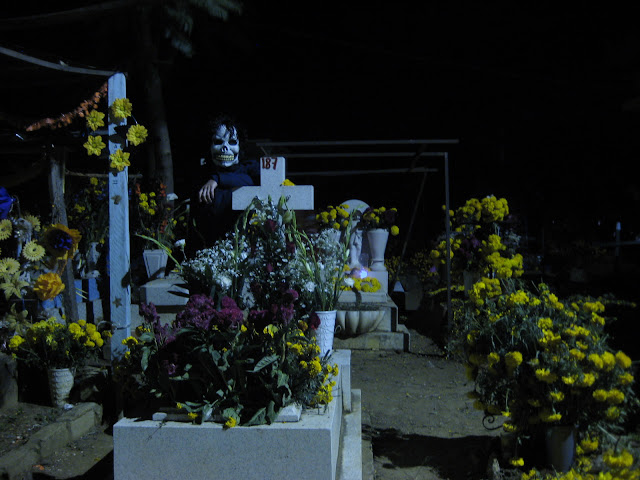Highgate Cemetery
Verano on the other hand feels like a living city, with streets and pavements lined neatly and consistently with tombs as suburban houses line arterial roads. Like in an endlessly repeating city such as Los Angeles, most of the tombs are utterly unremarkable, each with its own built-up and landscaped plot; but scattered amongst them are grand and wild mausoleums of another age, like the villas and palazzos of LA’s Golden Era, commanding art deco ziggurats frocked by palms, for those who in death wrote in stone their ambitions in life.
Verano Cemetery, Rome
Yet unlike suburban sprawl, in a cemetery each tomb is remarkable. Each one is a specific life now turned to dust, a physical location in which an unfathomable and now intangible event is recorded. And how to record it? At Verano, a cemetery in which one can sense the whirr of a living city, humans sought the safety of immortality not just through a preservation in the stone of monument and mausoleum, but from the corresponding fossilization of the social stratum itself in which they lived. Like the urban living, these urban dead can live on as tiny placeholders in their own new metropolis, through a living social structure. Pine-lined avenues, roads and pavements, bins, cleaners and bin men, policemen on patrol, hawkers selling dried flowers, local visitors, relatives and tourists all accumulate to veil this dead space with the accoutrements of the living world.
Yet a city is place where people live, so this city of the dead is a cemetery in denial. Those conditions of metropolitan functionality, the pragmatics of social living, have been transcribed into a place whose inhabitants have no need of them: they have already sold up and moved to the country. If ghosts are said to remain in the living world to make amends for tasks not done in life, then this cemetery in denial is a ghost town in reverse. Here, the living continue to haunt the dead, stalking their quiet tombs and avenues, building them the perfect city as if endlessly trying to repay to them some impossible debt.








No comments:
Post a Comment